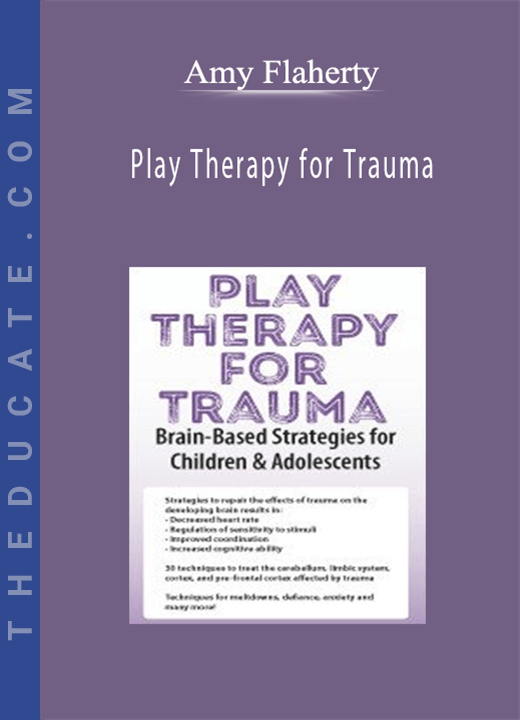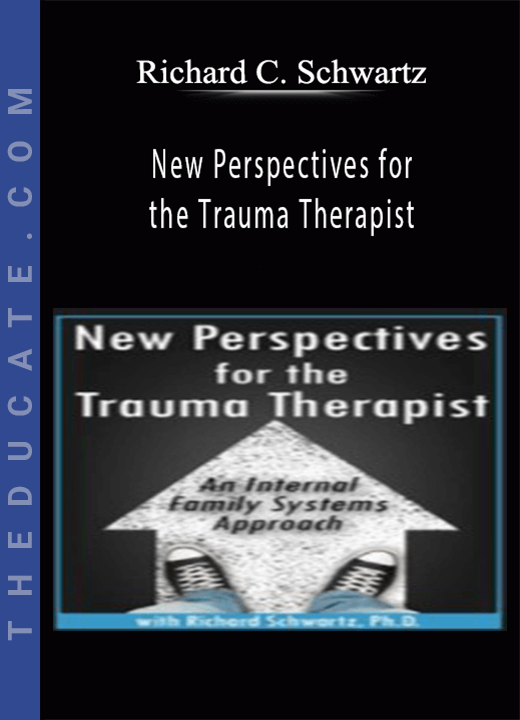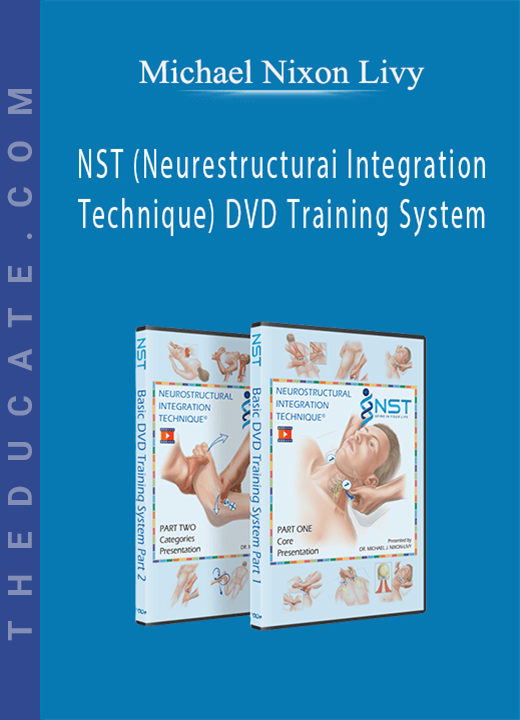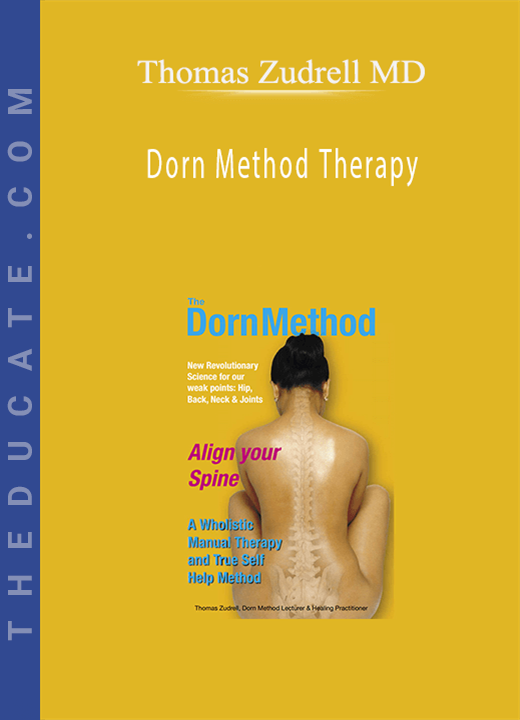Description

Play Therapy for Trauma – Amy Flaherty
Techniques to repair the brain and improve:
- Attachment and regulation through Theraplay and Brain Gym exercises
- Coping skills and emotional identification through play techniques
- Executive function for positive choices through sand tray, art therapy and CBT
Are you struggling to find creative, effective, brain-based techniques to help your kids who suffer from anxiety, impulsivity, isolation and defiance as a result of trauma?
Join Amy Flaherty, to discover innovative brain-based techniques, such as sandtray, art, and movement exercises to use in the play room to increase cognitive ability, regulate sensitivity to stimuli, and improve coordination. You will leave with confidence to design, tailor, and apply play therapy techniques using the backing of solid neuroscience.
Learn to recognize trauma loops, dysregulation, regression, rigidity in your clients, and discover countless and effective play therapy techniques to heal them. Take advantage of the latest brain-research to effectively treat common trauma-related behaviors, such as:
- Repetitive movement
- Isolation
- Meltdowns
- Defiance
- Harm to self and others
- and many more!
Videos, case studies, and experiential techniques will be used to fully explain play therapy techniques and the latest brain research.
- Describe the structure and function of the brain, with a focus on the developing brain.
- Explain the specific effects of trauma on the brain.
- List 5 behavioral symptoms that result from environmental or physical trauma.
- List 2 play therapy techniques to repair the limbic system for emotional Identification.
- Apply the principles of interpersonal neurobiology in the play room.
- Describe using rhythm play therapy techniques to relegate the cerebellum.
Overview of the Effect of Trauma on the Brain
- Age-appropriate play
- Environmental vs physical
- Long-lasting effects: ACES score
- Protective factors with trauma
- Importance of attachment research
- Five distinct symptoms of trauma within play therapy
Principles of Interpersonal Neurobiology in Play Therapy
- The Domains of Integration
- The divided brain and why it matters
- How play therapy is able to regulate and allow the person to move up and down the brain system as needed
- Case examples to demonstrate lack of integration
REPAIRING THE BRAIN THROUGH PLAY TECHNIQUES – OVER 30 TECHNIQUES
Techniques for dysregulation, rigidity, regression, trauma loops (targets cerebellum)
- Rhythm games and songs
- Attachment activities
- Touch in play – when appropriate, best practices
Techniques for emotional identification (targets the limbic system)
- Color my heart activity
- Name that feeling
- Angry balloon game
- Angry volcano experiment
- Butterflies in my tummy
- What’s different in the sand tray
Techniques for coping skills to address rigidity, trauma loops, and harmful behaviors (targets the cortex)
- Mad Libs assertiveness skill game
- I can calm down hand game
- Breathing games
- Calm down bottle/sensory bottle
- Positive self-talk
- Biblothearpy in the play room
Techniques to improve executive function for positive choices: After body is regulated and the whole brain is online (targets the pre-frontal cortex)
- Vision board
- Sandtray directives
- Draw headstone
- Carrying shame stones
- Board of directors
Best practices for parents/caregivers
- Name it to tame it
- ACT method
- What research says about the importance of parents working on their own stories







3 reviews for Play Therapy for Trauma: Brain-Based Strategies for Children & Adolescents – Amy Flaherty
There are no reviews yet.